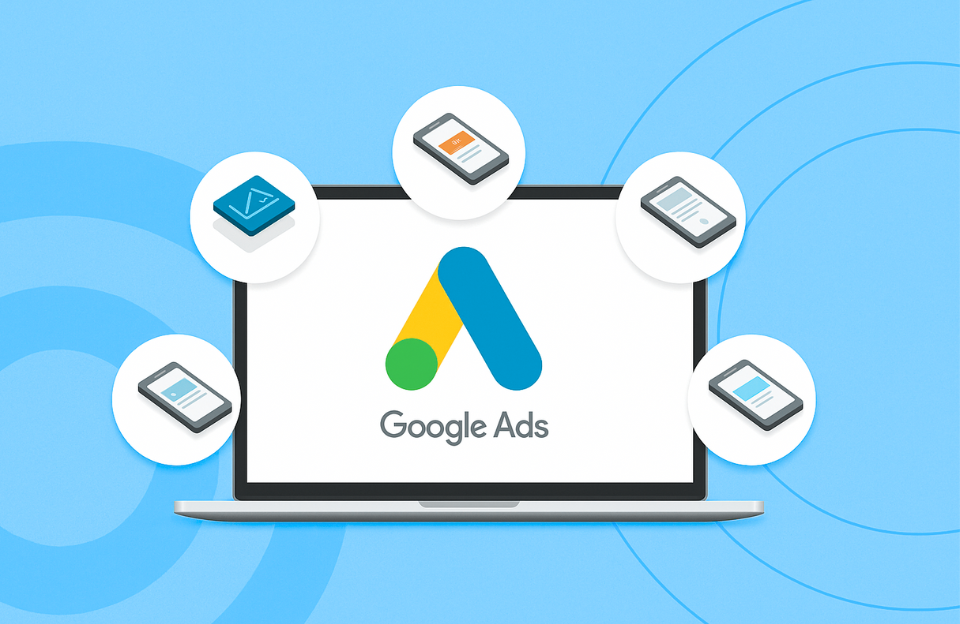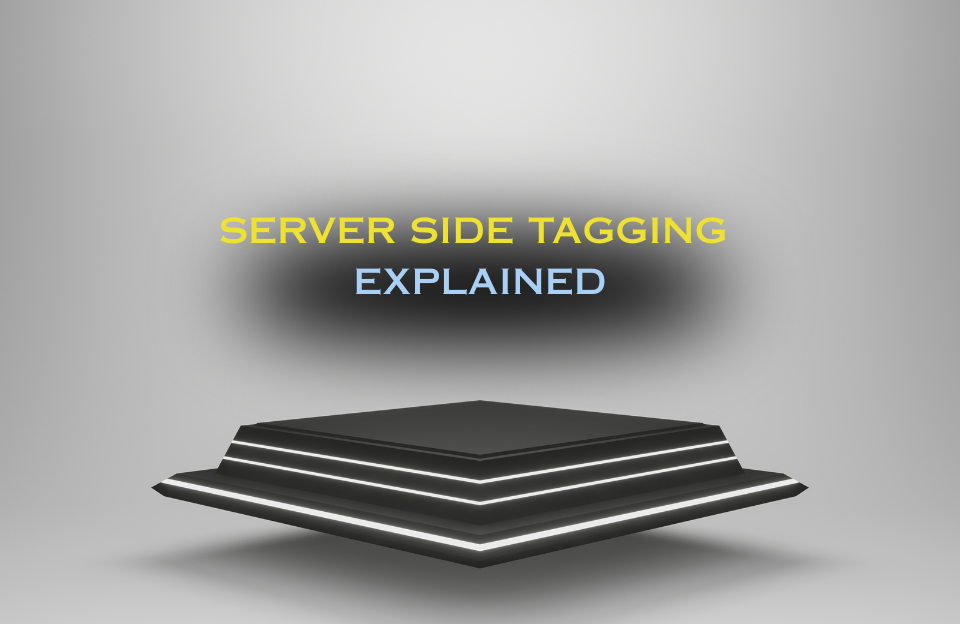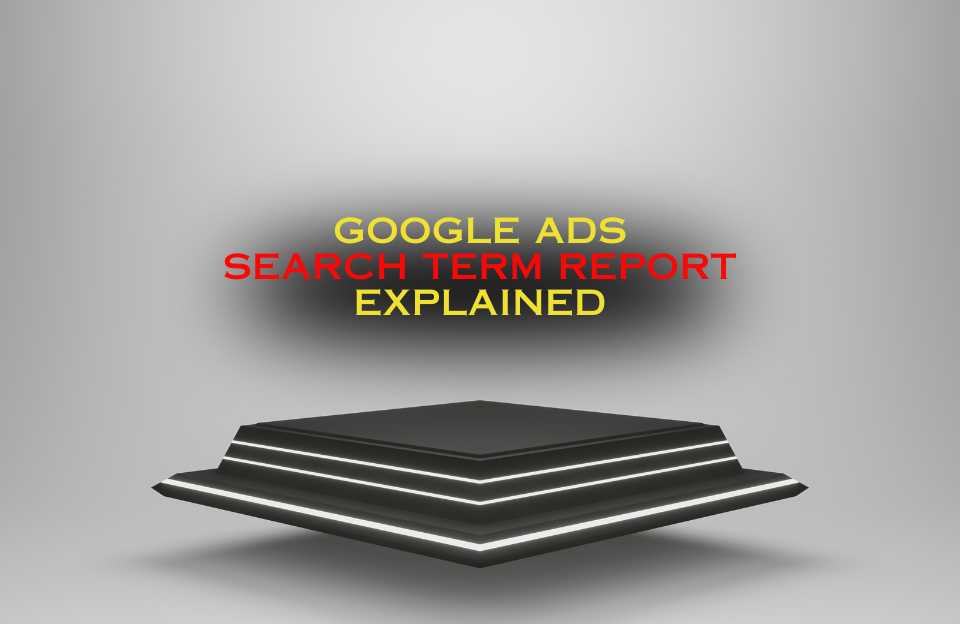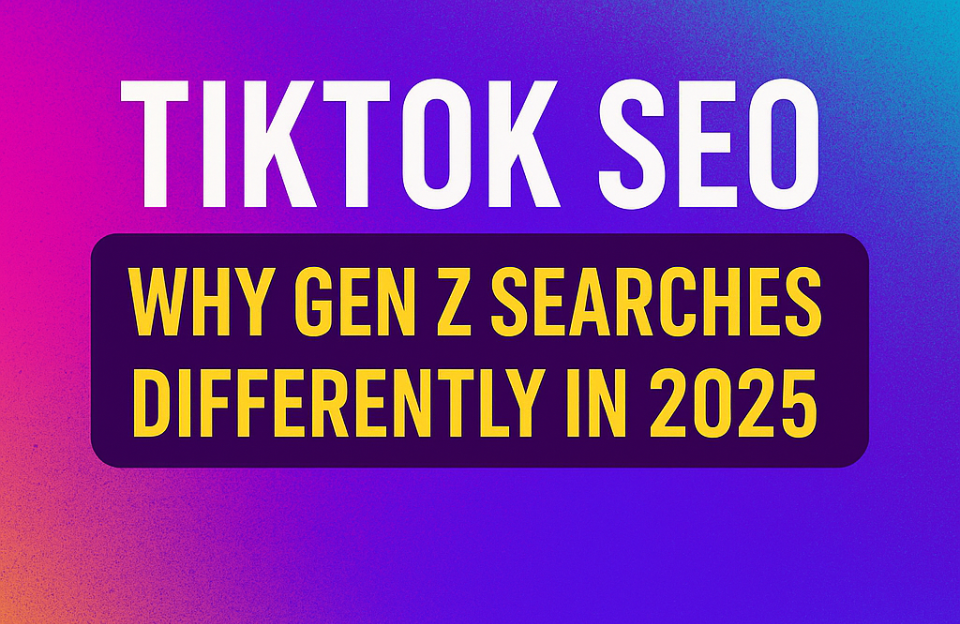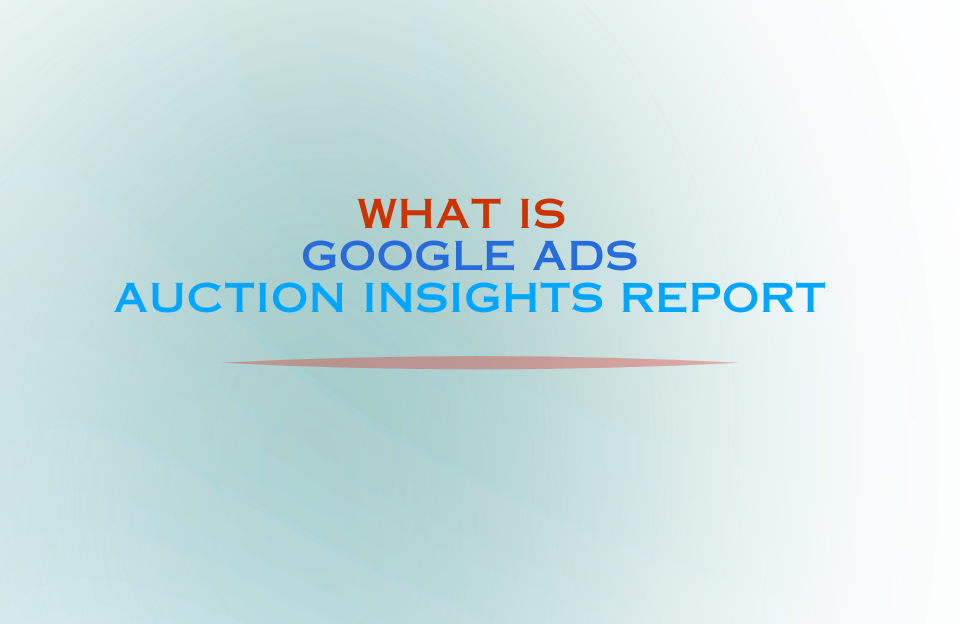Google Ads is Google’s paid advertising platform. It helps you reach people who are actively searching, watching YouTube, checking Gmail, using Maps, or browsing sites in the Google Display Network. Used well, it delivers controllable traffic, leads, and sales with clear performance data. It’s one of the most versatile online marketing tools available today—allowing both small local businesses and global brands to compete on the same playing field.
What is Google Ads?
Google Ads operates on a pay-per-click (PPC) model: you typically pay when someone clicks your ad. Each eligible search or user signal triggers a real-time auction. Your position is determined by Ad Rank, which combines your bid with quality signals such as ad relevance, expected CTR, landing-page experience, and the impact of assets (e.g., sitelinks, callouts). Ads can show on Search, Shopping, YouTube, Gmail, Maps, and Display surfaces. For inventory context, see Google Ads Inventory Types and Search Partners & Display Network.
In practice, this means that Google Ads gives you full control over who sees your messages and when. Whether you want to generate leads, boost ecommerce sales, drive calls, or promote physical store visits, you can tailor campaigns to match your specific business goals. The combination of keyword intent and flexible bidding makes it an exceptionally precise tool for performance marketing.
Benefits of Google Ads
- Immediate visibility: appear near the top of search results within minutes rather than waiting for SEO.
- Intent-driven traffic: reach people already looking for your product or solution, often with stronger conversion rates.
- Precise targeting: combine keywords with geo, device, schedule, demographics, interests, remarketing, and customer lists.
- Budget control: set daily caps, pause anytime, and shift spend to what proves ROI.
- Measurable outcomes: track impressions, clicks, conversions, CPA, and ROAS to guide optimisation.
- Scalable formats: mix Search, Shopping, YouTube, and Display across the full journey.
- Quality lowers cost: better relevance and page experience improve Ad Rank, which can reduce CPCs.
- Remarketing and retention: re-engage visitors who didn’t convert the first time and keep your brand top-of-mind.
Ad types in Google Ads
- Search (Responsive Search Ads): intent-based text ads on Google Search. Best for capturing active demand. Guide: Responsive Search Ads. Optimisation tools: Auction Insights, Search Terms Report.
- Performance Max: goal-based campaigns that can reach Search, Shopping, YouTube, Display, Discover, and Maps using automation. Guide: Performance Max Guide.
- Display: visual and responsive banners across the Google Display Network for prospecting and remarketing. Guide: Display Campaigns Guide. Context: Search Partners vs Display, Inventory Types.
- Shopping: feed-based product ads showing image, price, and merchant info. Core for ecommerce. Guide: Shopping Ads Guide.
- YouTube Video: in-stream and in-feed video for awareness and consideration with precise audiences. Guide: YouTube Campaigns Guide. Bidding primers: Target CPV, Target CPM.
- Demand Gen (formerly Discovery): visually rich ads across YouTube, Discover, and Gmail to turn interest into demand. Guide: Demand Gen Guide. Legacy: Discovery Ads Guide.
- App campaigns: drive installs and in-app actions across Google surfaces with automated assets and bidding. Guide: App Campaigns Guide.
- Hotel Ads: show live rates and availability in Google travel surfaces to capture booking intent. Guide: Hotel Ads Guide.
- Call Ads: phone-first ads that encourage direct calls from mobile searchers. Guide: Call Ads Guide.
How Google Ads works
Every time someone performs a search, Google runs a lightning-fast auction between all eligible advertisers. Winning doesn’t just depend on how much you bid, but also on how relevant and useful your ad is. This ensures that even small businesses with limited budgets can compete if their ads and landing pages deliver a better experience.
- Query or signal: a search or eligible user triggers an auction.
- Auction: ads targeting that intent compete in real time.
- Ad Rank: your bid plus quality signals determine eligibility and position.
- Cost: most formats use CPC; stronger quality can reduce CPCs and improve volume at the same spend.
Choosing the right reach versus relevance starts with match types. Primer: Keyword Match Types. Using the right combination of phrase, exact, and broad match types helps balance scale and control. As campaigns mature, you can refine targeting further with negative keywords and audience layering.
Core building blocks you control
- Keywords & negatives: keep themes tight, expand carefully with phrase or broad, and prune waste via search terms. See Search Terms Report.
- Audiences: layer remarketing, demographics, interests, and customer lists to refine who sees your ads.
- Bidding: begin with Maximize Conversions or Clicks; graduate to tCPA or tROAS once conversion data is stable.
- Budgets: set daily caps and reallocate to proven ROI rather than what simply spends.
- Assets & creatives: intent-matched headlines, sitelinks, callouts, structured snippets, and clean product data.
- Landing pages: fast, relevant, one clear action. Page quality directly influences Ad Rank and CPC.
Costs: a practical way to sanity-check
There is no minimum spend. You set budget and bids, the market sets CPCs. A quick ceiling estimate:
- Example inputs: AOV €100, gross margin 40% → profit per order €40.
- Break-even target CPA ≤ €40.
- If conversion rate is 2%, affordable CPC ≈ €40 × 0.02 = €0.80.
Understanding your numbers before launching campaigns ensures sustainable growth. Many businesses make the mistake of scaling spend too fast without confirming profitability. Always benchmark your CPCs, CPA, and ROAS early, and adjust bids or targeting to maintain margins.
Measuring success without confusion
- Core metrics: conversions, CPA or CPL, revenue, ROAS, and qualified lead rate. Build useful views with Custom Columns.
- Hygiene: consistent UTMs and aligned conversion definitions in Google Ads and GA4. GA4 primers: GA4 Reports for Beginners, Traffic Reports.
- Tagging basics: Intro to GTM, GTM Variables, and Web vs Server GTM.
- Privacy & modelling: with Consent Mode v2 Google can model some conversions when consent is limited. If numbers differ, see Why GA4 Data Doesn’t Match.
Tracking accuracy is key. Without reliable data, you can’t make good bidding decisions. Modern accounts also combine first-party data, server-side tagging, and modeled conversions to maintain accuracy despite privacy changes. A strong measurement foundation ensures smarter automation and long-term efficiency.
Common mistakes to avoid
- Broad keywords without negatives or ongoing query reviews.
- Slow or irrelevant landing pages that break the ad promise.
- No conversion tracking or too many competing conversions for bidding.
- Combining brand and non-brand in one campaign.
- Letting Smart Bidding optimise on poor or unverified data.
See: 7 Common Google Ads Mistakes. Avoiding these errors not only saves money but improves learning speed for automated bidding. Small improvements in structure, ad relevance, and measurement accuracy can produce exponential gains in performance.
Bidding strategies: quick links
- Target CPA
- Target ROAS
- Portfolio Bidding
- Enhanced CPC
- Target Impression Share
- Maximize Clicks
- Manual CPC
- Maximize Conversions
- Target CPV
- Target CPM
Starter plan
- Define success: choose one primary conversion such as a purchase or qualified lead and one or two micro-conversions.
- Build structure: separate brand, non-brand, and competitor themes; keep ad groups tight; add core assets.
- Set measurement: implement Ads and GA4 conversions; verify in Tag Assistant and DebugView before spending. Helpful: GTM Intro and GTM Variables.
- Optimise weekly: prune poor queries, test two ad variants per ad group, improve pages, and shift budget toward targets.
Conclusion
Google Ads is more than paid visibility—it’s a controllable performance engine that translates real customer intent into measurable outcomes. When the fundamentals are in place—relevance, fast pages, clean tracking, and disciplined optimisation—Google Ads can scale from a small proof of concept to a dependable growth channel. Start with one clear goal, pick the ad type that best matches your intent, and iterate with data-led changes.
The key to long-term success lies in consistency. Keep testing new keywords, updating creatives, improving your landing pages, and revisiting your targeting assumptions. Regular audits of performance, structure, and attribution models prevent wasted spend and uncover hidden potential. As automation grows smarter, your job is to feed it accurate data and creative variety.
For high-intent traffic, begin with Responsive Search Ads. If you have strong creative assets and conversion tracking in place, explore Performance Max. Over time, diversifying across formats—Search, Display, Shopping, and YouTube—builds a balanced funnel that drives awareness, consideration, and conversion all within one platform.
